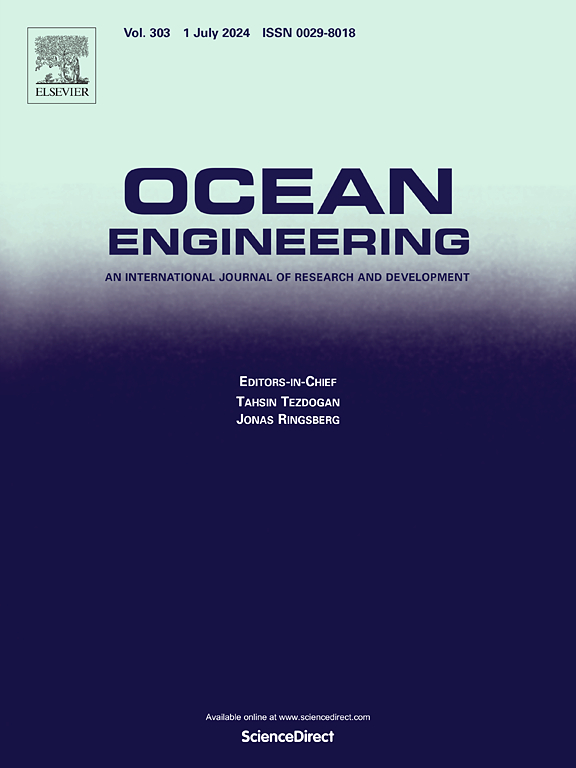Analyses of the mechanical characteristics of long-distance crude oil pipeline support assembly on “L”-type pipeline
IF 5.5
2区 工程技术
Q1 ENGINEERING, CIVIL
引用次数: 0
Abstract
Trenched crude oil pipelines rely on anchor blocks and pipe supports for stability, however mechanical interaction remains unclear, limiting design safety. This study employs fluid-solid-thermal coupling methods to establish a three-dimensional finite element calculation model of an “L”-type crude oil pipeline based on an equivalent model of the end-side displacement of the anchor block and pipe section. The mechanical response patterns of anchor blocks and pipe supports to the isolated action of “L"-type pipes were investigated separately. After evaluating the optimal design position of pipe supports to balance internal forces within the pipe, we further investigated the synergistic optimisation mechanism of anchor blocks and pipe supports on the mechanical characteristics of the pipe. Results indicate that the anchor block provides limited protection to the structural safety of pipeline. Under 300 mm end-side displacement imposed by anchor block, the maximum deformation of elbow decreases by 2.31 mm. However, increasing the end-side displacement from 500 mm to 600 mm reduces the maximum deformation by only 0.05 %. A symmetrical distribution of pipe supports delivers the optimal solution, lowering the maximum stress of the pipeline to 78.049 MPa, the 25.55 % reduction. Additionally, the combined use of anchor blocks and pipe supports demonstrates a synergistic optimisation effect on pipeline safety, reducing elbow deformation by approximately 85.14 % (to 33.121 mm). These findings provide a theoretical basis for optimising the working conditions of pipeline support assemblies in long-distance crude oil pipeline networks.

“L”型长输原油管道支架总成力学特性分析
挖沟式原油管道依靠锚块和管道支架来保持稳定性,但其机械相互作用尚不清楚,限制了设计的安全性。本研究基于锚块端侧位移与管段位移的等效模型,采用流固热耦合方法,建立了“L”型原油管道的三维有限元计算模型。分别研究了锚块和管支架在“L”型管柱孤立作用下的力学响应规律。在评估了管道支架平衡管道内力的最佳设计位置后,我们进一步研究了锚块和管道支架对管道力学特性的协同优化机制。结果表明,锚块对管道结构安全的保护作用有限。在锚块施加300 mm端侧位移时,弯头最大变形减小2.31 mm。然而,将端侧位移从500mm增加到600mm仅能减少0.05%的最大变形。管道支架的对称分布提供了最佳解决方案,将管道的最大应力降低到78.049 MPa,降低了25.55%。此外,锚块和管道支架的联合使用对管道安全具有协同优化效果,可将弯头变形减少约85.14%(至33.121 mm)。研究结果为原油长输管网支撑组件工况优化提供了理论依据。
本文章由计算机程序翻译,如有差异,请以英文原文为准。
求助全文
约1分钟内获得全文
求助全文
来源期刊

Ocean Engineering
工程技术-工程:大洋
CiteScore
7.30
自引率
34.00%
发文量
2379
审稿时长
8.1 months
期刊介绍:
Ocean Engineering provides a medium for the publication of original research and development work in the field of ocean engineering. Ocean Engineering seeks papers in the following topics.
 求助内容:
求助内容: 应助结果提醒方式:
应助结果提醒方式:


